
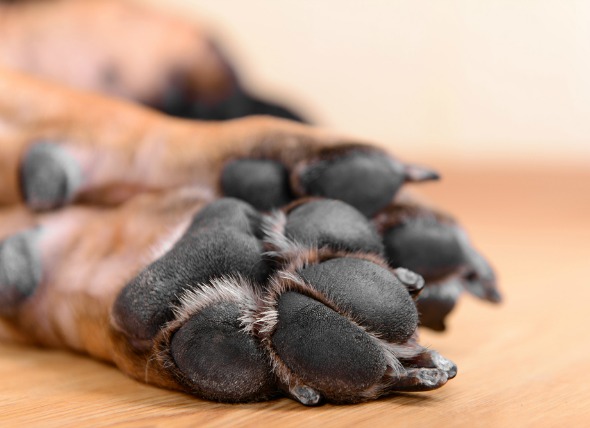
Nail and nail bed disorders refer to any abnormality or disease that affects the claw or surrounding area, generally known as dystrophy. One type of nail disorders, paronychia, is an infection that causes inflammation around the nail or claw. Fungal infections, such as onychomycosis, can also occur in or around the nail bed.
Dogs may suffer from extremely brittle nails (onychorrhexis), or have nails that slough, peel, or chip away excessively (oychomadesis). Most nail or nail bed disorders have an excellent treatment prognosis and can usually be treated and remedied in a relatively short amount of time.
Common signs of nail or nail bed disorders can include:
Common causes for nail or nail bed disorders can include:
In the event that there is a trauma to your dog's nail bed, check to see if only a single nail is being affected. If multiple nails are affected, a serious underlying medical condition is the more likely cause for the disorder. A skin scraping may also be taken to determine what type of a skin condition your dog has, as well as a bacterial or fungal culture for further analysis.
Treatment will be dependent upon the particular underlying medical condition that is causing the nail or nail bed condition. If the nail area is inflamed, surgical removal of the nail plate (the hard part of the nail) may be necessary to encourage drainage of the underlying tissue. Antibiotic and antimicrobial soaks are also effective for preventing or reducing inflammation, and for encouraging the healing process. If the condition is related to a bacterial or a fungal infection, topical treatments and/or ointments are often administered to the affected area.
In most cases, application of the topical treatment or ointment will clear up any nail issue. While there are typically not many complications that can arise from these disorders, it is important to observe your dog's progress as it recovers, referring to your veterinarian if the healing does not appear to be progressing as it should.
When clipping your dog's toenails it is important to avoid cutting too close to the nail bed (also called the quick). The vein in the nail bed may inadvertently be cut, which can cause excessive bleeding and lead to an infection, and nicks to the skin can open your dog to infection as it goes about its normal routine of going outside for walks. It is essential that you look closely at your dog's nails before cutting so that you know exactly where the free edge of the nail ends and the nail plate begins. Only the free edge of the nail should be cut.
The best way to protect your dog from a painful nail disorder is to research the proper methods for cutting the nails, pay close attention while cutting, and promptly cleanse and protect the area when an inadvertent injury does occur.
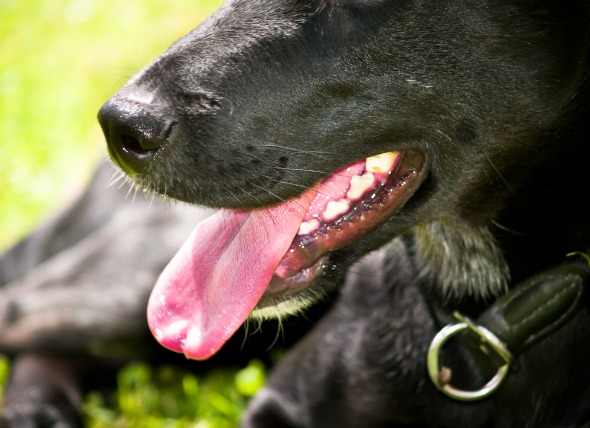 Swallowing Difficulties in Dogs
Dysphagia in Dogs
Dysphagia, the medical term giv
Swallowing Difficulties in Dogs
Dysphagia in Dogs
Dysphagia, the medical term giv
 Extreme Fear and Anxiety in Dogs
Fears, Phobias, and Anxieties in Dogs
Fear is the
Extreme Fear and Anxiety in Dogs
Fears, Phobias, and Anxieties in Dogs
Fear is the
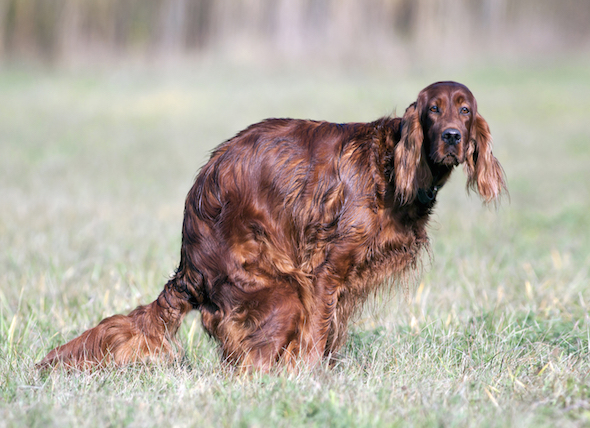 Stomach Flu with Bloody Diarrhea in Dogs
Hemorrhagic Gastroenteritis (HGE) in Dogs
Hemorrh
Stomach Flu with Bloody Diarrhea in Dogs
Hemorrhagic Gastroenteritis (HGE) in Dogs
Hemorrh
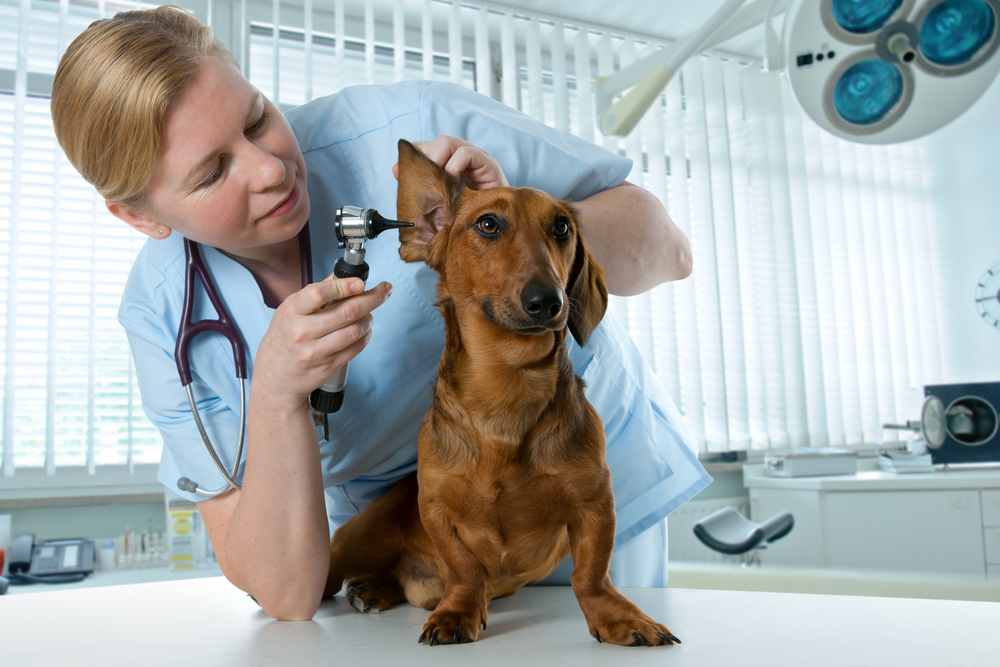 Dog Ear Infection - Symptoms and Treatments
Otitis Media and Otitis Interna in Dogs
Oti
Dog Ear Infection - Symptoms and Treatments
Otitis Media and Otitis Interna in Dogs
Oti
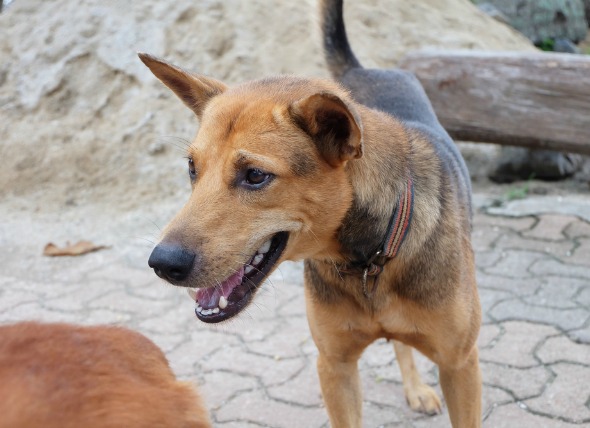 Inflammation of the Superficial Veins in Dogs
Phlebitis in Dogs
Phlebitis is characterized by a
Inflammation of the Superficial Veins in Dogs
Phlebitis in Dogs
Phlebitis is characterized by a
Copyright © 2005-2016 Pet Information All Rights Reserved
Contact us: www162date@outlook.com